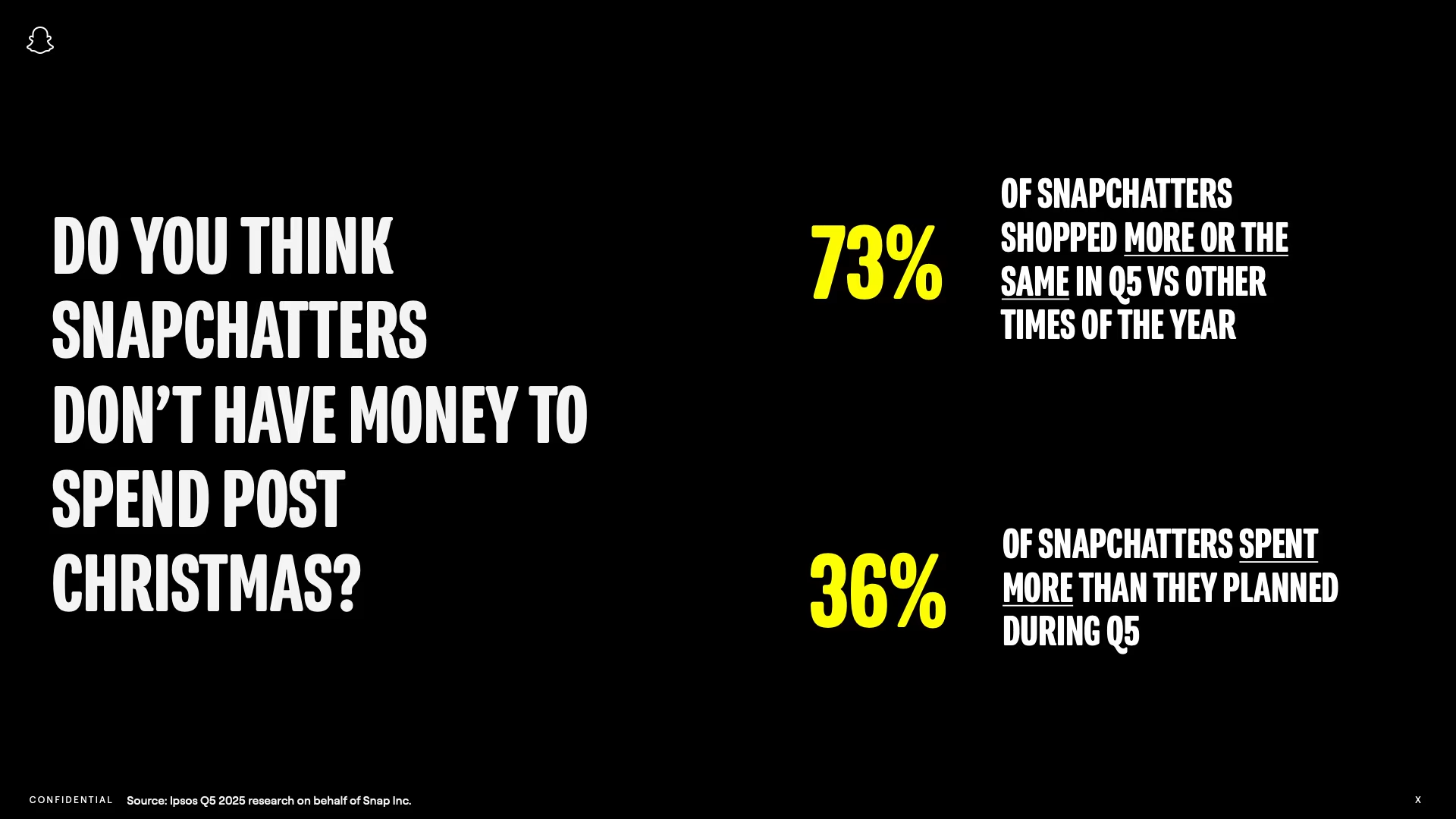U.S. consumers have pushed online holiday spending to nearly $79.7 billion in the first 23 days of November, marking a 7.5% year-over-year increase, according to Adobe’s latest analysis. The early-season momentum is being shaped not only by discounts rolled out ahead of Black Friday but also by a sharp rise in AI-assisted shopping behavior.
Adobe’s data indicates that shoppers who reach retail sites via AI chatbots or AI-driven browsers are 30% more likely to convert than those arriving through traditional channels. Traffic from generative AI sources has surged 830% year-over-year, reflecting rapid shifts in how consumers research products and compare prices.
Nearly half of surveyed shoppers (48%) say they have used or plan to use AI to support their holiday purchases this year, with many relying on AI tools for product discovery, inspiration, and deal evaluation.
Mobile continues to play an outsized role this season. Consumers have spent $41.3 billion on mobile devices so far—an 8% increase from last year. Adobe forecasts that mobile will account for a record 56.1% of all online holiday revenue, and approximately 70% of retail-site visits.
If current trends hold, the 2025 holiday season is on pace to become the first trillion-dollar quarter for online retail, with Adobe projecting $253.4 billion in total online spending for November and December.
Compared with last year, shoppers are “trading up” to more expensive items, particularly in electronics. The use of buy now, pay later (BNPL) services has also expanded. In November alone, BNPL transactions drove $6.1 billion in spending, up 10.3% year-over-year.
BNPL is most commonly used for electronics, apparel, toys, groceries, and home goods, with 82.4% of BNPL spending occurring on mobile devices.
Social media’s role in holiday commerce continues to grow. Revenue attributed to social referrals has risen 29% year-over-year, outpacing last year’s 5% growth. Recommendations from influencers and celebrities are having an especially strong impact; 53% of shoppers say they have considered purchasing a product based on such endorsements.
Affiliate-driven channels—including creators and partners—have also expanded, showing a 15% increase over last year.
Despite early promotions pulling some demand forward, Adobe expects the steepest discounts to land between Thanksgiving and Cyber Monday. Category-specific peaks are forecast as follows:
- Sporting goods: Biggest deals on Thanksgiving
- Televisions, toys, appliances: Deepest discounts on Black Friday
- Apparel and computers: Largest markdowns on Cyber Monday
The five-day Cyber Week window is expected to generate $43.7 billion, or 17.2% of total season spending. Cyber Monday remains on track to be the biggest online shopping day of the year, with projected sales of $14.2 billion, while Black Friday is expected to reach $11.7 billion.






Comments
Loading…